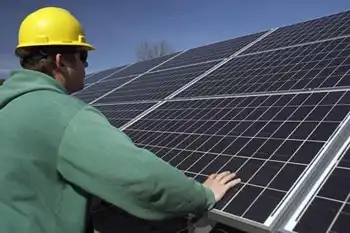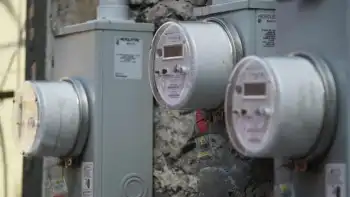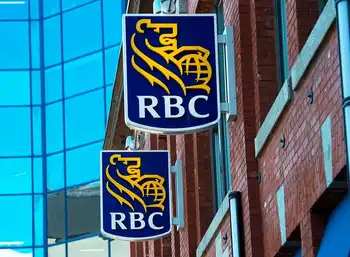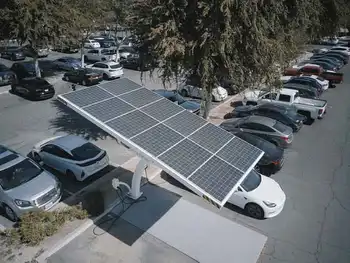30 Percent Reduction in Households without Heat in 45 Days; More to Follow with Additional LIHEAP Dollars
HARRISBURG, PENNSYLVANIA - The Energy Association of Pennsylvania announced that the various programs undertaken by the regulated electric and natural gas utility industry in Pennsylvania to provide increased safety nets to consumers over this winter have been a resounding success.
As of February 1, 2006, over 5,200 additional households are receiving heat-related services, when compared to the previous Cold Weather Survey conducted as of December 15, 2005.
The number of households without utility service has been further reduced over the last 45 days through the efforts of utilities to get customers reconnected under the guidelines established by the Pennsylvania Public Utility Commission.
"We would expect these numbers to drop even further once the additional federal LIHEAP dollars and the state supplemental LIHEAP dollars are distributed," said Michael Love, president and CEO of the Energy Association of Pennsylvania, the trade association of investor-owned electric and gas utilities in the Commonwealth.
"I believe the solid, measurable response undertaken by the PUC, the bipartisan effort in the legislative and executive branches, together with increased financial commitments by the regulated electric and natural gas utilities have significantly broadened the protection for energy consumers throughout the state," stated Michael Love.
Love concluded, "The Responsible Utility Consumer Protection Act and the enhancement of the energy utilities' safety nets have together focused attention and assistance on the very needy, while eliminating burdens placed on good paying customers by those seeking to avoid payment."
Utility programs initiated over the past few months have included increased dollars committed by the utilities to customer assistance programs, as well as expanded eligibility, new programs designed to provide financial incentives for reconnection to those both below and above 150 percent of the federal poverty level, financial commitments to utility hardship funds, and the movement of funds from advertising programs to assistance in restoring households to service.
The most significant number of restorations have occurred in the PGW service territory, where 1,633 households have been reconnected; PECO reconnected 1,316 households, Duquesne Light reconnected 659 households, Columbia Gas has recently reconnected 433 households, Equitable Gas has reconnected 287 households, UGI Gas has reconnected 280 households, Dominion has reconnected 204 households, and NFG has reconnected 124 additional households. Numerous utilities have few, if any, households off in their service territory, including PG Energy with none, PPL Electric with 7, UGI Electric with 2, Met-Ed with 16, Penelec with 29, Penn Power with 1, Allegheny Electric with 87, and PPL Gas with 47.
Of the remaining customers off, approximately 50 percent are within PGW's service territory and the remaining 50 percent are scattered throughout the Commonwealth.
The Commonwealth, through a bipartisan effort, recently voted to supplement Federal LIHEAP dollars. The state supplementary funds will be distributed to eligible consumers during February. The level of supplemental funds, $19.3 million, will enable households without utility service to reconnect.
There are over 7.1 million electric and natural gas customers in the state. Going into this winter, the regulated electric and natural gas utility industry had devoted over a quarter of a billion dollars annually to their various universal service programs which provide discounted service, assistance in bill payment, and conservation and weatherization tools. Between December 15, 2005, and February 1, 2006, the industry upgraded its annual commitment by more than $20 million so as to reduce the number of households without heat.
Related News
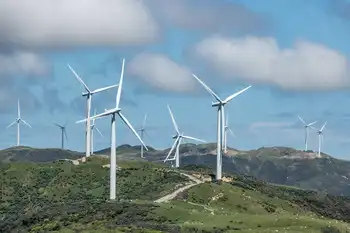
As New Zealand gets serious about climate change, can electricity replace fossil fuels in time?
WELLINGTON - As fossil fuels are phased out over the coming decades, the Climate Change Commission (CCC) suggests electricity will take up much of the slack, powering our vehicle fleet and replacing coal and gas in industrial processes.
But can the electricity system really provide for this increased load where and when it is needed? The answer is “yes”, with some caveats.
Our research examines climate change impacts on the New Zealand energy system. It shows we’ll need to pay close attention to demand as well as supply. And we’ll have to factor in the impacts of climate change when we plan…

